2017 Toyota Prius India review, test drive
The world’s most famous hybrid makes a comeback to India. And there’s a lot to talk about.
Published on Apr 03, 2017 08:00:00 AM
37,288 Views
Follow us on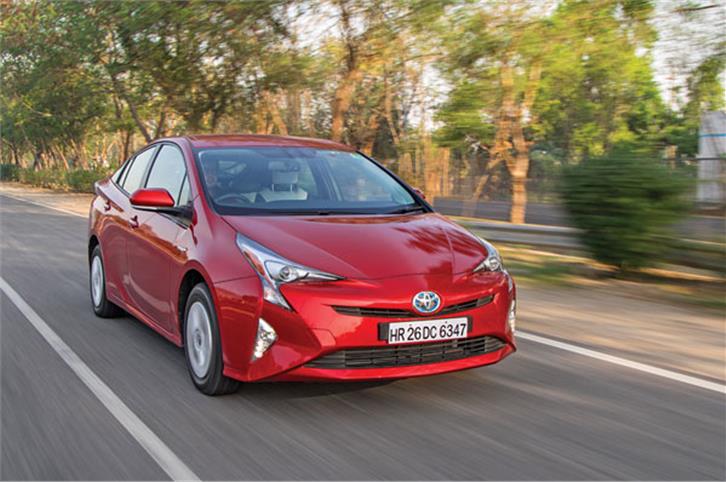
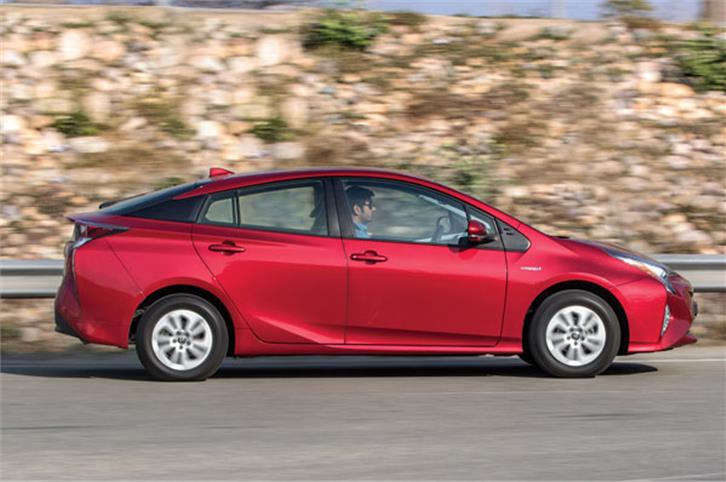

The new Prius doesn’t wince at the sight of corners. It’s reasonably fun to drive.
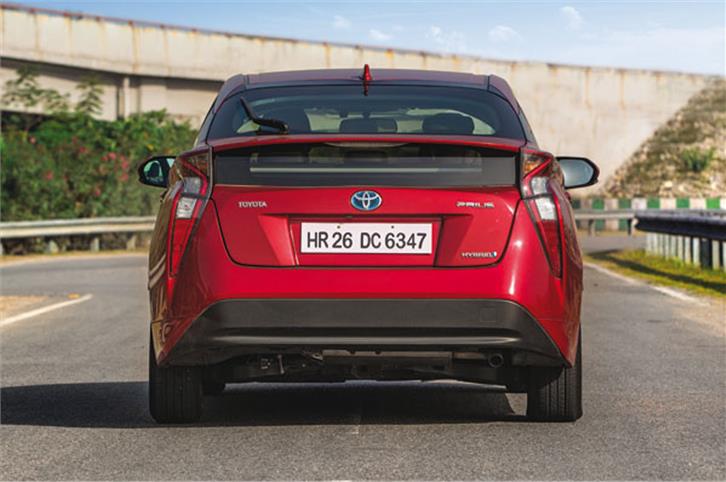
What’s it like to drive?
The Prius uses Toyota’s Hybrid Synergy Drive that in this application comprises a 98hp, 1.8-litre petrol engine – that runs the efficient Atkinson cycle – and a 53kW (72hp) electric motor that draws power from a 6.5Ah nickel-metal hydride battery. Do note, the latest Prius is also available with a superior lithium-ion battery but the higher cost is sure to have ruled it out for India. The combined output of the hybrid system is 122hp.
Getting going in a Prius is an occasion, or actually a non-occasion. Provided there’s enough juice in the battery, the Prius will come to life in full-electric mode giving you the opportunity to make a noise and emission-free getaway. The Prius can run in full-electric mode, and on battery power alone, at speeds up to 50kph but you’ll have to be gentle with throttle inputs to manage so; the combustion engine wakes up when the system senses that more power is needed, or simply when the battery needs charging. Full-electric mode is perfectly useable in city traffic and there’s ample power on call to keep pace with traffic. When the engine does kick in, you can feel the additional power at your disposal. With both engine and motor at work, the Prius does manage to feel brisk enough. What is good is that the CVT gearbox doesn’t spoil the experience as it does on the Camry Hybrid, with far less of that irritating ‘rubber band’ effect. But outright performance is anyway not the focus here, fuel economy is. The Prius boasts an ARAI-tested fuel economy of 26.27kpl, though the car’s onboard computer showed a figure closer to 18kpl on our drive that included city streets and smooth moving highway stretches. Think about it, only a few small cars deliver that sort of efficiency.

Also impressive is the Prius’ overall level of refinement. The petrol engine runs quietly for the most part and only sounds strained when you really extend it, while much of the other sounds from outside stay where they belong.
The new Prius is the first car to be built on Toyota’s new modular TNGA platform that will eventually underpin everything from compact sportscars to SUVs. And if the Prius’ generally impressive driving manners are a sign of things to come, there’s a lot to expect from future Toyotas. Yes, this is a Prius that you can actually have some fun behind the wheel of. It does roll considerably in the corners but the steering feels nicely weighted and offers pretty good feel, and there is good grip on offer too. Even brake pedal feel (the Prius uses regenerative braking) is much improved. And though squeaky, the low rolling resistance tyres also hold on quite gamely. Make no mistake though. The new Prius is not a sporty car. But rather than feeling like an appliance as old Prius models did, this one feels like a nice-to-drive mainstream car. For one, it’s a whole lot nicer to drive than Toyota’s own Camry Hybrid.
Where the new Prius is also a marked improvement over the old car is in ride comfort. This is the first Prius to use double wishbones at the rear in place of the former torsion beam setup. Ride quality is pliant over the rough stuff and the experience is up there with some more premium cars.
Copyright (c) Autocar India. All rights reserved.


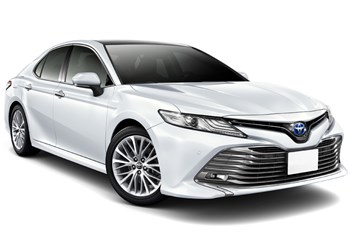


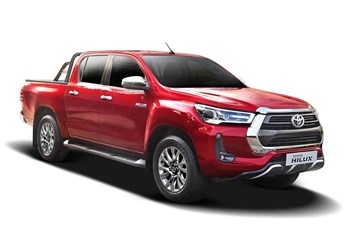
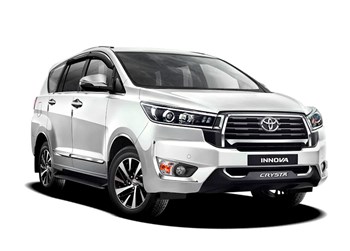
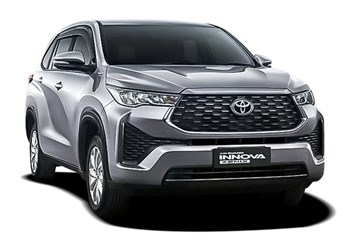
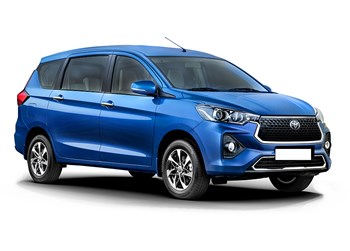
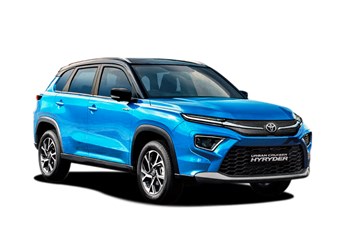
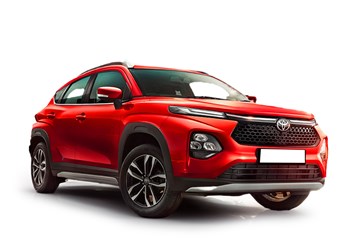
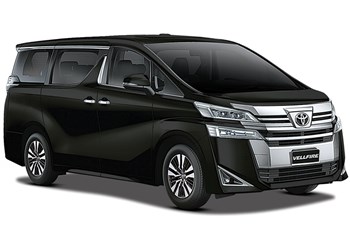


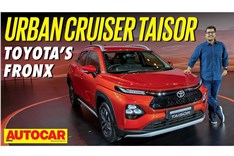

Comments
Member Login
Personal Details
No comments yet. Be the first to comment.